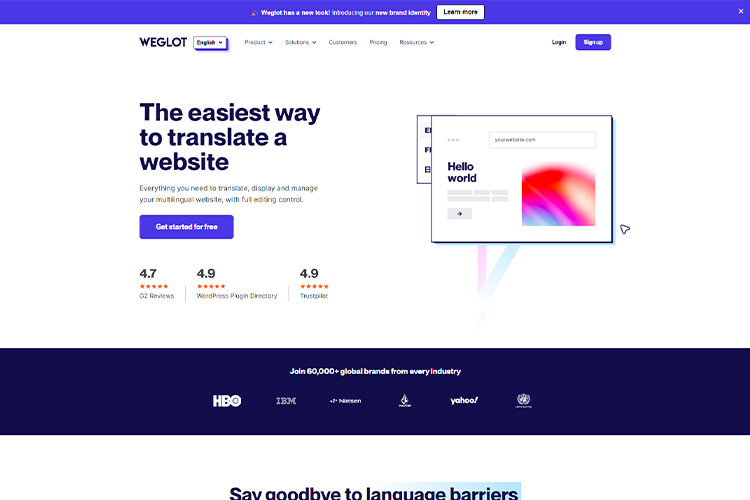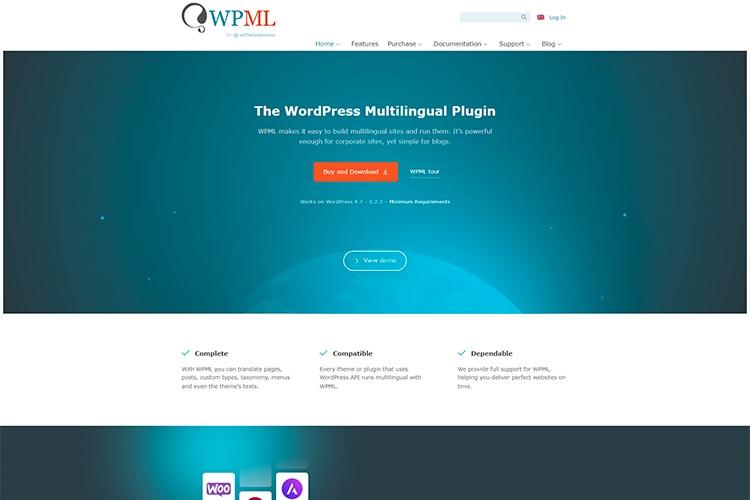Going Global: How to Set Up and Manage Multilingual WooCommerce Stores

In today’s interconnected world, the boundaries of business have expanded far beyond geographical limitations. E-commerce has emerged as a powerful medium that enables businesses to reach customers across the globe, breaking down barriers and creating new opportunities for growth. As businesses strive to tap into the vast potential of international markets, one key strategy that stands out is the establishment and management of multilingual WooCommerce stores. In this comprehensive guide, we will delve into the intricacies of setting up and effectively managing a multilingual WooCommerce store, catering to a diverse and global customer base.
Understanding the Global Market: Tapping into Global Potential

In today’s interconnected world, where distances seem to shrink and communication knows no boundaries, the concept of the global market has taken on a whole new meaning. It’s like a vast marketplace that spans continents, cultures, and languages. Imagine your business as a ship, setting sail on the sea of opportunities that the global market presents.
Think about it – by tapping into this vast global potential, your business can grow like never before. It’s not just about reaching customers in your own town or city; it’s about connecting with people who might be thousands of miles away, yet share a common interest in what you offer. This global market isn’t just a trend; it’s a game-changer for businesses of all sizes.
But why is this global reach so important? Well, for starters, it opens up new avenues for revenue. When you have customers from different parts of the world buying your products or services, your income streams become more diverse and resilient. Economic downturns in one region might not impact your business as severely if you’re also catering to customers in regions that are thriving.
Moreover, venturing into the global market exposes your brand to a melting pot of ideas and perspectives. It’s like an intellectual exchange – as you interact with people from different cultures, you gain insights that can lead to innovation. These fresh viewpoints might inspire you to tweak your products, services, or even your business strategies to better resonate with these diverse audiences.
But wait, there’s more. Expanding into the global market can also make your brand more versatile and adaptable. You’ll learn to navigate various legal systems, understand different consumer behaviours, and adapt your marketing messages to suit different cultural contexts. All these experiences will contribute to making your business stronger and more agile.
So, when you think about the global market, don’t just envision it as a map with pins scattered around the world. Think of it as an opportunity to grow, learn, and connect with people who might be oceans apart but are united by their interest in what you offer. As the world becomes more accessible through technology, it’s time for your business to take that leap and embark on an adventure that holds the promise of remarkable growth and global success.
Choosing the Right Languages: Bridging Cultural Gaps
The first step in reaching an international audience is to speak their language – quite literally. Language is a powerful connector that bridges cultural gaps and fosters a sense of familiarity. It’s not just about translating words; it’s about understanding the nuances that shape communication in different regions.
Choosing the right languages to support is a strategic decision. It involves a blend of market research, demographic analysis, and customer preferences. Dive into the data to identify which languages align with your target markets.
Effective communication in the languages your customers understand creates a sense of trust and inclusivity. It shows that you’ve invested in understanding their needs and preferences, elevating your brand in their eyes.
Creating a Multilingual Online Store: Making the Most of WooCommerce
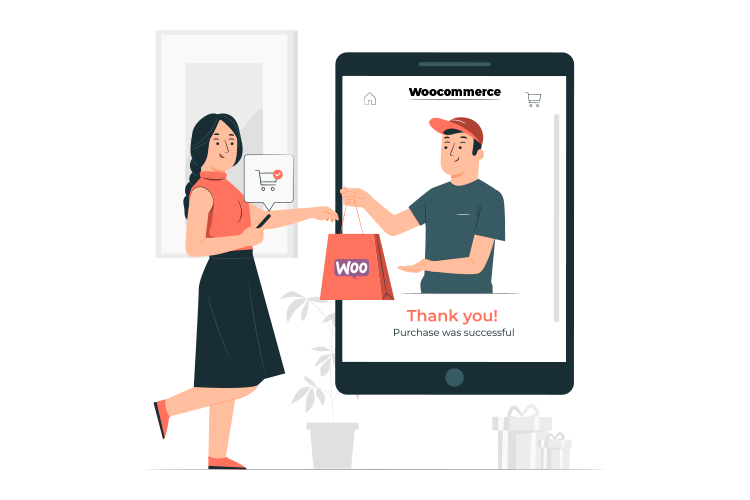
To set yourself up in the global market, you need a way for people to see and buy your products online. That’s where WooCommerce comes in. It’s like a tool that helps you build an online shop. You can think of it as setting up a store window on the internet. You arrange your products, set their prices, and make it easy for customers to pay for them. With WooCommerce, your store is open 24/7, ready for customers from different countries and cultures to visit.
But having a store isn’t enough. To really connect with people from around the world, you need to speak their language – both in terms of words and how you present your products. This is where multilingual support comes into play. Think of it as having a translator for your store. With special tools like WPML and Weglot, you can show product information in different languages. It’s not just about translating words; it’s about making sure your products feel familiar and appealing to customers, no matter where they’re from.
Imagine someone from France visiting your store and finding product descriptions in French. It’s like you’re speaking their language and making them feel right at home. Multilingual support helps your store connect with people on a personal level, even if they’re thousands of miles away.
By combining the convenience of WooCommerce with the multilingual tools, you’re creating a store that’s welcoming to everyone. People can easily explore, buy, and enjoy your products, no matter where they are or what language they speak. This mix of technology and understanding is what will help your business grow on a global scale, connecting with customers from different corners of the world.
Crafting Effective Product Descriptions for a Global Audience

Imagine you’re introducing your products to someone from a different country. Even if you don’t share a language, you want them to understand why your products are special. Translating product information is like finding a common language that speaks to their needs and desires.
But effective translation goes beyond swapping words. It’s about capturing the essence of your products and presenting them in a way that makes sense to your audience. Think of it as creating a bridge of understanding between you and your customers, even if they come from diverse backgrounds.
By crafting effective product descriptions, you’re inviting customers from all over the world to engage with your products in a meaningful way. You’re showing that you value their language and culture, and that you’re committed to offering an experience tailored to them. This approach not only boosts sales but also builds customer loyalty and trust, making your business a global success story.
Tailoring Marketing Strategies for Different Region

Local holidays, festivals, and cultural events are like windows of opportunity for your marketing. It’s a chance to join the conversations that matter to your customers. By acknowledging these moments, you’re showing that your brand isn’t distant; it’s a part of their world.
Localised marketing strategies aren’t just about fitting in; they’re about standing out in a meaningful way. It’s like adding your own touch to a global conversation. By tailoring your messages to each region, you’re showing that you genuinely care about what resonates with your customers.
Through these strategies, you’re building a bridge that links your brand to diverse cultures. You’re demonstrating that your interest goes beyond selling products; you’re focused on forming real connections. This approach not only boosts sales but also establishes your brand as a trusted companion in your customers’ lives.
Seamless Global Transactions: Navigating Pricing, Checkout, Shipping, and Taxes
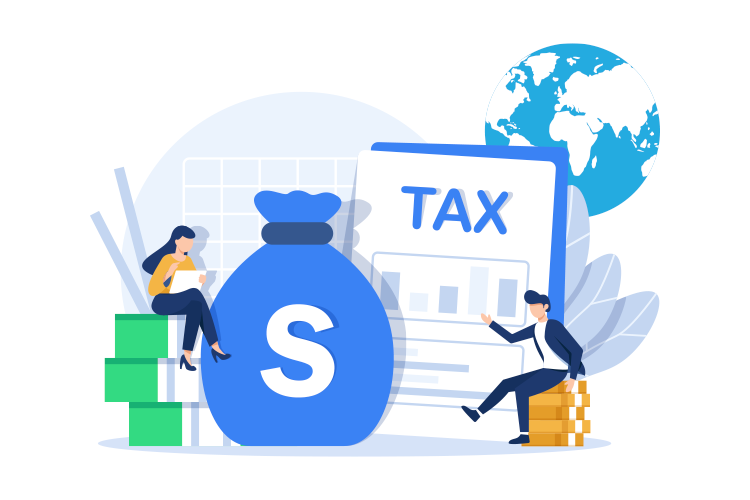
It’s essential to get the financial aspects right when catering to customers worldwide. Starting with pricing, it’s crucial to find a balance between the value of your products and what customers expect to pay. This applies everywhere, whether it’s your hometown or halfway around the world.
To make things clear, currency conversion steps in. It automatically converts prices to the local currency, so customers understand what they’re paying, even if they’re using a different currency.
As customers decide to buy, a streamlined checkout process is key. It’s like offering them a direct path to complete their purchase, without any confusion. Multiple payment options and familiar methods make it easy for them to pay in a way they’re comfortable with, no matter where they’re from.
Then comes shipping and taxes. Adjusting shipping options for different regions ensures reliable and cost-effective delivery. Accurate tax calculations, following local rules, show that you’re transparent and reliable in handling the legal stuff.
By bringing these elements together, you’re making shopping a breeze. Customers can explore products with clear prices, smoothly check out, and trust that their orders will be handled well – no matter where they’re located. This seamless setup doesn’t just increase sales; it also makes your brand stand out as a trusted global shopping partner.
Customer Support in Different Languages:
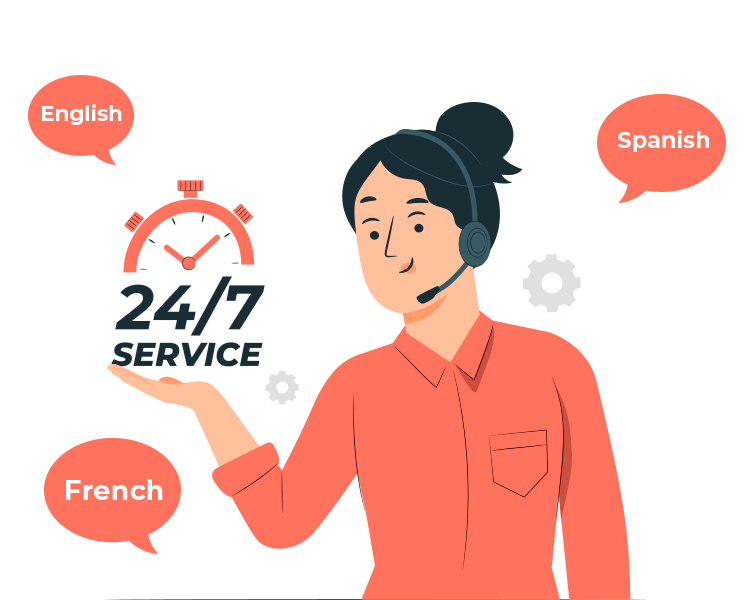
In the realm of customer support management, centralization is key. Utilise a centralised customer support system that seamlessly integrates all supported languages. This approach streamlines communication and guarantees a consistent customer experience, regardless of language differences. Implementing a ticketing system helps allocate language-specific queries to suitable agents, reducing confusion and allowing agents to focus on language-related concerns.
For self-help and quick assistance, deploy live chat and chatbot services. These tools can address basic inquiries in multiple languages, significantly improving response times and overall user satisfaction. Additionally, consider creating a language-specific knowledge base. This resource empowers customers to find solutions independently, reducing the load on your support team and enhancing customer self-sufficiency.
To continuously enhance your Multilingual Customer Support, create a feedback loop with your customers. Encourage them to share their support experiences and insights. Use this valuable input to refine and improve your multilingual support services, ensuring they remain responsive to the evolving needs of your global customer base.
Why Multilingual Customer Support Matters:
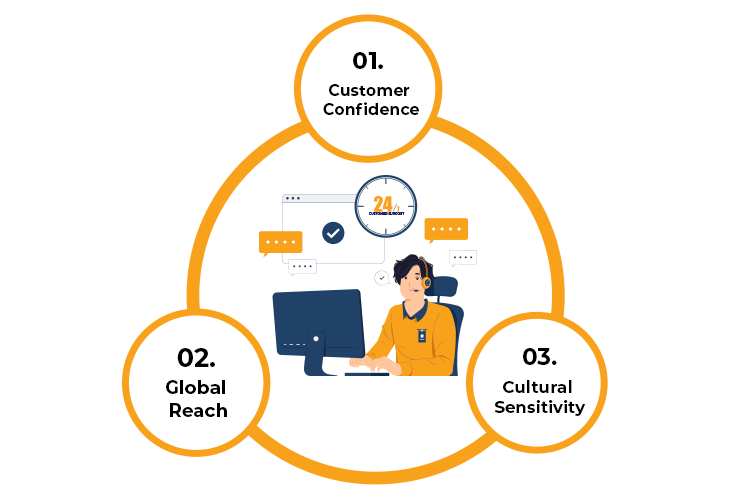
Customer Confidence:
When customers can interact with your store in their native language, they feel more confident and are more likely to engage and make purchases. Language barriers can often lead to confusion, frustration, and abandoned carts.
Global Reach:
Offering support in different languages allows you to tap into new markets and connect with a diverse customer base. It’s a strategic move that can significantly boost your international sales.
Cultural Sensitivity:
Effective communication isn’t just about translating words; it’s about understanding and respecting cultural nuances. Multilingual support demonstrates your commitment to catering to each customer’s unique needs and preferences.
Conclusion:
In wrapping up, diving into the global market armed with a multilingual WooCommerce store isn’t just a smart move – it’s a must-do for businesses aiming to smash language barriers and truly resonate with diverse audiences. By wholeheartedly embracing an array of languages, comprehending intricate cultural nuances, and optimising transaction processes, you effectively position your brand for a trajectory of international triumph. This multilingual strategy goes beyond mere accessibility; it serves as the bedrock for cultivating enduring customer relationships, nurturing loyalty, and amplifying your resounding global footprint.
